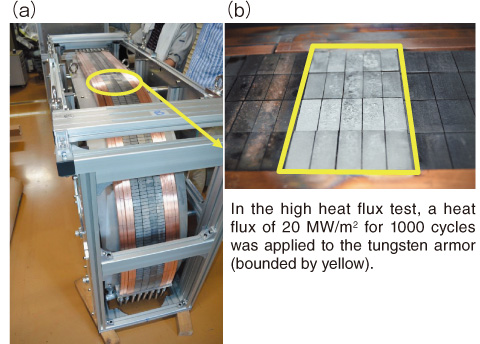
Fig.4-4 ITER divertor (cassette structure)

Fig.4-5 Appearance of prototype PFU and tungsten armor
The Japan Atomic Energy Agency (JAEA), designated as the Japanese Domestic Agency (JADA), is currently manufacturing various components for ITER construction. The ITER divertor components are being manufactured by three parties (the European Domestic Agency (EUDA), the Russian Federation Domestic Agency (RFDA), and JADA). The JADA is responsible for manufacturing the outer vertical target shown in Fig.4-4.
The divertor exhausts impurities that come from the plasma. The divertor plate is subjected to a high heat flux from the impact of the impurities. To withstand the high heat flux, the surface of the divertor plate is covered with refractory materials. The inner target and outer target, which are subject to severe heat flux, are covered with carbon fiber composite, and the other components are covered with tungsten. These armor materials are metallurgically bonded to the copper alloy (CuCrZr) cooling tubes to achieve a high heat removal capability. Unique technologies that have been independently developed by the three parties are used to bond the armor materials and the cooling tubes. The JADA currently uses a brazing technology for the bonding. In the ITER project, qualification of the manufacturing process for the divertor must be demonstrated by each party to validate its technical capability. The parties manufacture prototype components that consist of the same materials that will be used for the real components and perform a high heat flux test to demonstrate the durability of the prototype components.
The JADA manufactured the first set of plasma-facing units (PFU#1) as a first step in manufacturing the divertor, as shown in Fig.4-5. PFU#1 has been transported to the RFDA for a high heat flux test in the RFDA’s facility. Before the manufacturing of PFU#1, the JADA conducted qualification activities, such as mechanical and nondestructive testing of the braze joints and welding joints. In addition, the brazing process was formally witnessed by the ITER organization during the manufacture of PFU#1. In the high heat flux test in the RFDA, PFU#1 showed excellent durability against a repetitive heat flux of 20 MW/m2 for 1000 cycles with no degradation of the heat removal capability and no surface crack initiation.
The second high heat flux test campaign in the RFDA is scheduled for autumn 2013. After that, the manufacturing of the real divertor components will begin.